Daily Jewish culture, customs, art, history... Buy us a coffee support our work: https://www.buymeacoffee.com/Bobemajses
Don't wanna be here? Send us removal request.
Photo


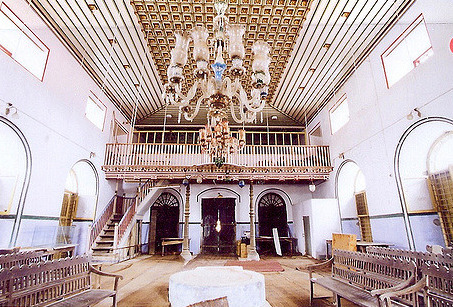

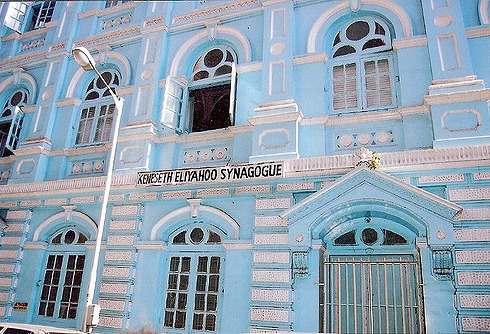
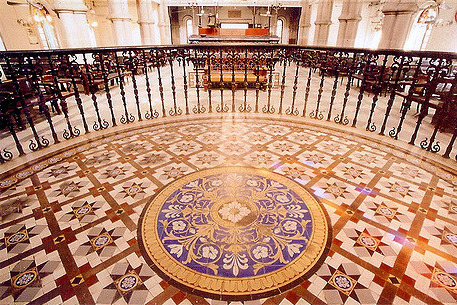
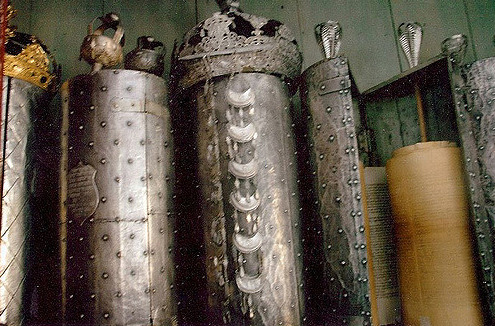
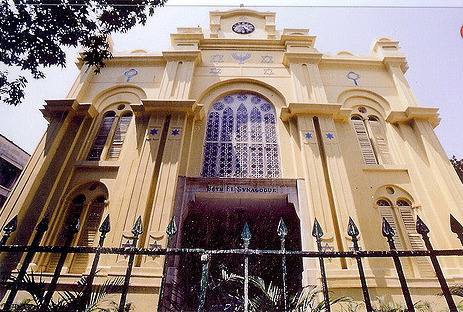
Synagogues of India (Calcutta/Kolkata, Mumbai, and Cochin). Photographs by Jono David.
Jews were once a prominent component of India’s population. The three main branches of Indian Jewry are the Maharashtrian (Bene Israel) Jews, Cochin Jews, and Baghdadi Jews. Bene Israel, who constitute the majority of Indian Jews, claim to be descendants of seven Jewish families from Judea who were shipwrecked near the village of Navgaon in western India around 175 B.C. They settled primarily in Mumbai, Calcutta, Old Delhi, and Ahmedabad.
Cochin Jews, according to local tradition, are descendants of Jewish merchants who arrived on the Malabar coast of India with the ships of King Solomon’s fleet. After the Spanish Edict of Expulsion, Jewish refugees migrated to Cochin from Aleppo, Constantinople, and Palestine. Within the same timeframe, Jews escaping forced conversions in Persia and persecution in Baghdad also fled to Cochin.
The waves of Jewish emigration from Baghdad started gaining momentum in the 19th century. Via intricate mercantile routes, communities of Baghdadi Jewish traders reached Calcutta, a port city in eastern India and the former nerve center of the British Empire. Although there was no shortage of rifts and conflicts between Baghdadi Jews and the local Bene Israel of Calcutta, the two groups merged their cultures together and gave rise to new sociocultural forms.
India gained its independence of Britain in 1947, and nationalism and emphasis on the Partition of Hindu and Muslim identities intensified. The following year, the state of Israel was established, and Indian Jews relocated to Katamon in Jerusalem, Beersheba, Ramla, Dimona, and Yeruham in dramatic numbers. In the 1940s, over 30,000 Jews were registered in India; in 1971, there were roughtly 5,825. 70,000 Indian Jews live in Israel today (the great majority of them Bene Israel).
2K notes
·
View notes
Text

Jewish money changer from Ivano-Frankivsk, western Ukraine (former East Galicia), 1902
26 notes
·
View notes
Text

Jewish woman from Salonica (Thessaloniki), Ottoman Greece, ca. 1890
55 notes
·
View notes
Text

Jewish mother and her two daughters, Quba, Azerbaijan, 1940
63 notes
·
View notes
Text

Jewish shoemakers in Luboml, Volhynia region, ca. 1920
180 notes
·
View notes
Text


Portraits of Rebbetzin and Rabbi Zuckermann, 1850, Poznan province, Poland.
71 notes
·
View notes
Text

Jewish paper amulet for a successful new year, possibly from Iraqi Kurdistan, 19th century
269 notes
·
View notes
Text

Sephardic Jewish boys from Thessaloniki, Greece, around 1900
In the past, Thessaloniki was nicknamed Evraioupolis, which means City of Hebrews in Greek. Its Jewish history dates back more than two thousand years, when Yevanic-speaking Romaniotes first settled in Thessaloniki. They were followed in the 14th century by Askenazim from Hungary, France and Bavaria, and finally in 1492 by Sephardim from the Iberian Peninsula, who altered the face of and enriched the then-Ottoman city forever. Their unique language, called “Ladino” — originally a mixture of Spanish and Hebrew, which later grew to include Arabic, Turkish, Italian and Greek — would become synonymous with Thessaloniki. Thus, the city became known as a center of the European Jews, maintaining a Jewish majority for centuries. The year 1943 marks the beginning of the end of the community, when around 50,000 Thessaloniki Jews were deported to the Auschwitz concentration camp. This came about despite strong opposition by Greek and Bulgarian Christians and an outcry from the city's ’s leading citizens and clergy, such as Archbishop Damaskinos. Some Jews survived as partisans hiding in the mountains. Less than 2,000 Jews returned after the war, having lost everything.
57 notes
·
View notes
Text

Jewish family from Yerevan, Armenia, ca. 1900
100 notes
·
View notes
Text



Rabbi Avichail's photos from his visit to the Abayudaya Jewish community, Uganda 1994
In eastern Uganda, the Abayudaya have been practicing Judaism for over 100 years. Their name has its roots in the Luganda word for ‘people of Judah’. Established in 1919 when a local chieftain began to study the tenets of Judaism, the community developed over time in the predominantly Christian and Muslim society. They became deeply connected to Jewish traditional and global Jewish peoplehood. In 1971 Ugandan dictator Idi Amin came to power and banned Jewish practice. Many were forced to convert to other religions. A core group of 300 Jews remained committed to their religion, practicing in secret. Today this number is closer to 2,000. The largest group is based in Nabugoye, where there is a synagogue and a Jewish primary and secondary school.
270 notes
·
View notes
Text

Torah case from Samarkand, Uzbekistan, early 19th century
146 notes
·
View notes
Text

Jewish farmers in the Ukrainian Carpathian mountains, 1936
197 notes
·
View notes
Text

A Bosnian woman, Zejneba Hardaga, covers her Jewish neighbor's yellow star with her veil as they walk together. The Hardaga family sheltered Jews during the Axis occupation of Sarajevo. Yosef Kabiljo testified later “They welcomed us with the words: ‘Josef, you are our brother, and your children are like our children. Feel at home and whatever we own is yours.’”
386 notes
·
View notes
Text


Torah Ark curtains from Italy, ca. 17th - 18th century
The art of weaving has always played a crucial role in the decoration of houses, palazzi and places of worship in the Italian Jewish world. Italy's diverse Jewish communities, in osmosis with the society around them with which they interacted, ended up taking on board local and foreign artistic expressions and styles. Textiles from Livorno, Pisa, Genoa and Venice, for example, clearly reveal the influence of the Middle East, with which Italy's Jews came into contact through family or trading ties – unlike the textiles of Rome, Florence or Turin, which tend to reflect a certain proximity with the tastes of Italy's royalty. Fully-fledged "needlework paintings" that glittered in the flickering light of candles and torches in a triumph of coloured silks and of gold and silver thread, these pieces were mostly produced by the skilled hands of women who, though shut away inside the home, displayed astonishing creativity and vast knowledge.
333 notes
·
View notes
Text

Amazigh Jewish man in Morocco, 1958. Photograph by Boris Carmi.
221 notes
·
View notes
Text

Costume of a Romaniote Jewish man from Ioannina, Greece. Watercolor by Nikos Stavroulakis, 1986.
97 notes
·
View notes
Text

Jewish woman carrying water from the river, Quba, Azerbaija, 1933
66 notes
·
View notes